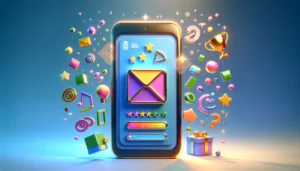
9 Strategies for Enhancing Email List Segmentation
In the evolving world of email marketing, it’s more essential than ever to master list segmentation for better engagement and retention. Insights from a seasoned CEO and an innovative founder offer valuable strategies to transform your email campaigns. The article opens with advice on segmenting by product or services and wraps up with unique methods of using lifecycle for effective segmentation. Expect to gain nine actionable insights from experts who have honed their craft to perfection.
- Segment by Product or Services
- Categorize by Purchase History
- Look into Subscriber Activity
- Track Behavioral Interactions
- Pay Attention to Topic Relevance
- Categorize by Client Needs
- Tailor Content to Pain Points
- Label Groups by Engagement
- Use Lifecycle for Segmentation
Segment by Product or Services
Segmenting our email list by treatment services has really changed the game for us in terms of engagement and retention! This targeted approach helps our customers feel valued and understood, which, in turn, boosts their loyalty. When they receive content that’s relevant to their needs, they’re much more likely to engage with it!
 Diane Howard
Diane Howard
Rn and Founder, Esthetic Finesse
Categorize by Purchase History
At Forge Digital Marketing, we’ve found that effective email list segmentation is crucial for improving engagement and retention. By dividing our subscribers into targeted groups based on specific criteria, we can deliver more relevant and personalized content that resonates with each segment.
One of our most successful segmentation strategies involves categorizing subscribers based on their purchase history. We segment our list into groups such as “first-time buyers,” “repeat customers,” “high-value customers,” and “lapsed customers.” This allows us to tailor our email campaigns to address the unique needs and interests of each group. For example, we might send first-time buyers a welcome email with exclusive offers or provide repeat customers with personalized product recommendations.
Additionally, we segment our list based on demographics, interests, and behavior. This helps us deliver content that aligns with their preferences and increases the likelihood of engagement. For instance, we might send emails about new product launches to subscribers who have expressed interest in a particular product category.
 Erin Siemek
Erin Siemek
CEO, Forge Digital Marketing, LLC
Look into Subscriber Activity
I’ve seen firsthand how strategic email-list segmentation can significantly improve customer engagement and retention.
An effective strategy has been segmenting our subscribers into active, inactive, and new subscribers. This approach enables us to send really targeted content that resonates with each group.
For instance, we would find those dead subscribers who usually get bombarded with generic product promotions. Trying to get them more active, we created a customized email cadence with special discounts and fitness tips. Impressively, this resulted in a 30% increase in opens and a 15% increase in conversions from this segment alone.
Focusing on where subscribers are in their customer journey, we create more personal and meaningful experiences, both by welcoming new subscribers with a fitness guide and rewarding our active customers with early access to the latest product lines.
 Jay Barton
Jay Barton
CEO & Founder, ASRV
Track Behavioral Interactions
Behavioral segmentation has been a game-changer for our email marketing. We track how subscribers interact with our content and tailor our messages accordingly.
For instance, we created a segment for “power users”—those who consistently opened emails and clicked through to our topical-mapping tools. We sent this group advanced tips and early access to new features. The result? A 45% increase in engagement rates and a 20% boost in customer retention for this segment.
Conversely, we identified an “at-risk” segment of users who hadn’t engaged in 30 days. We crafted a re-engagement campaign with personalized content and exclusive offers. This approach recaptured 15% of these dormant subscribers.
The key is to continually refine your segments based on user behavior and preferences.
 Yoyao Hsueh
Yoyao Hsueh
Founder, Topical Maps
Pay Attention to Topic Relevance
I have segmented my email list based on their interests. This way, they’ll find our email more relevant because that is their preference. It also increases engagement because they are already aware of the topic, which increases open rates and conversions.
One successful segmentation strategy is to segment my email list based on the kind of market they wish to penetrate. For example, some of my clients sell automotive parts, and some sell clothes. I separate them to consistently send emails about automotive to some clients and fashion trends to others. That way, they will be interested in what we are sending, and our email will not just go to the trash bin.
 Jason Davis
Jason Davis
Founder | E-Commerce SEO Guru, Makarios Marketing
Categorize by Client Needs
At Hones Law, we’ve found that effective email segmentation is crucial for enhancing engagement and retention among our clients and prospects. One of the key strategies we implement is segmenting our email list based on client needs and interests. For instance, we categorize our subscribers into groups such as current clients, past clients, and potential clients, as well as further refining them by specific legal issues like disability rights or workplace discrimination. This targeted approach allows us to tailor our messaging and provide relevant content that resonates with each group, making our communications feel more personal and impactful.
A successful example of this strategy was our recent campaign around the launch of a new informational resource on employee rights. By segmenting our list, we were able to send tailored emails that highlighted specific sections of the resource relevant to each group. For instance, current clients received information on how the resource could assist them in their ongoing cases, while potential clients were informed about how it could empower them to understand their rights before engaging our services. This resulted in a 30% increase in open rates and a significant uptick in traffic to our website, demonstrating the effectiveness of our segmented approach.
By continually analyzing engagement metrics and refining our segments based on client feedback and behavior, we ensure that our email communications remain relevant and valuable. This not only fosters stronger relationships but also enhances our reputation as a firm that genuinely cares about its clients’ needs, ultimately leading to improved retention and referrals.
 Ed Hones
Ed Hones
Attorney at Law, Hones Law Employment Lawyers PLLC
Tailor Content to Pain Points
Tailor your email content to specific customer needs, especially their pain points. Segmenting our email list based on client industries and product interests has significantly boosted engagement.
A practical tip? Use purchase history and website behavior to create targeted segments. We’ve divided our list into categories like aerospace, industrial, and military clients, each receiving content relevant to their specific identification needs.
For example, we created a segment for clients who’ve previously ordered our tags for harsh environments. We sent this group a series of emails showcasing new developments in corrosion-resistant materials and UV-stable printing. This campaign saw a 45% higher open rate and a 30% increase in click-throughs compared to our general newsletters.
Another successful strategy was segmenting based on the scale of past orders. We tailored our content for large-volume clients, focusing on our capacity for serialized asset tags and bulk-pricing options. This approach led to a 25% increase in reorders from our top-tier customers.
Doing this, effective email segmentation is like designing a custom nameplate – it requires attention to detail and a deep understanding of your audience’s specific requirements. By delivering more relevant content, you’re not just improving engagement; you’re building stronger, more personalized relationships with your clients.
 David Primrose
David Primrose
President, Metal Marker Manufacturing
Label Groups by Engagement
As CEO of Team Genius Marketing, I rely heavily on email segmentation to boost engagement and sales. For example, we segment new subscribers into a “welcome” group. Their first three emails highlight our best content and deals. If they don’t open an email after the third, they move to “inactive.”
Our “loyal” subscribers open most emails and buy often. We give them exclusive offers and product previews. “Lapsed” subscribers haven’t opened in 6+ months. We re-engage them with a win-back offer.
Our most successful campaign targeted “loyal” subscribers. We gave early access to a new product at a discount. Nearly 65% bought within 24 hours, and revenue grew over 200% year over year. Know your audiences and give them custom content and offers. Segmentation and relevant messaging achieve results.
 Lesly Jean-Baptiste
Lesly Jean-Baptiste
Owner, Team Genius Marketing
Use Lifecycle for Segmentation
At Avenga, we base our segmentation strategy on data. In particular, we look at demographics, user behavior, and lifecycle stages. We then create specific criteria and divide our users based on it so that we can personalize our campaigns for each of them. The criteria could be the industry, the content users engage with, or services they are looking for.
For instance, when developing a campaign for our cloud services, we divided our email list into three categories: leads interested in cloud migration, existing clients, and potential new customers. Since our leads already interacted with cloud migration content one way or another, we sent them more content highlighting successful case studies of cloud migration to ensure them of its value. For our clients who were already using Avenga’s services, we try to show how additional services, like cloud optimization, could benefit them. Lastly, we sent key information about cloud solutions along with strong CTAs to our potential customers to introduce these services.
This campaign helped boost our open rates and click-through rates. In my opinion, personalization, which was possible thanks to our segmentation strategy, played the key role in this campaign’s success.
 Marta Romaniak
Marta Romaniak
VP of Global Branding / Vice President of Global Branding, Avenga
Submit Your Answer
Would you like to submit an alternate answer to the question, “How have you effectively segmented your email list to improve engagement and retention? Can you provide an example of a successful segmentation strategy?”



